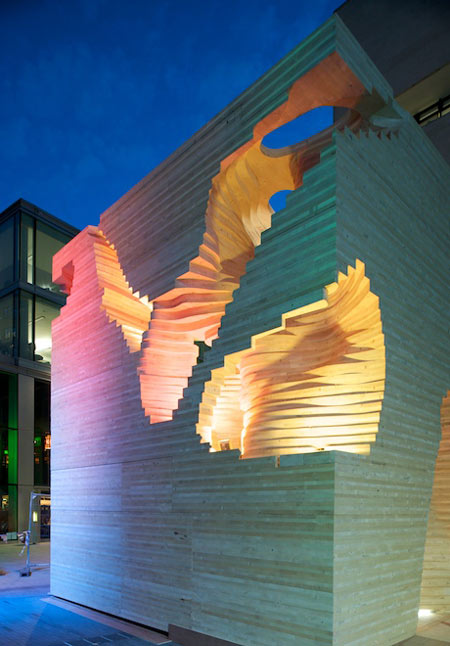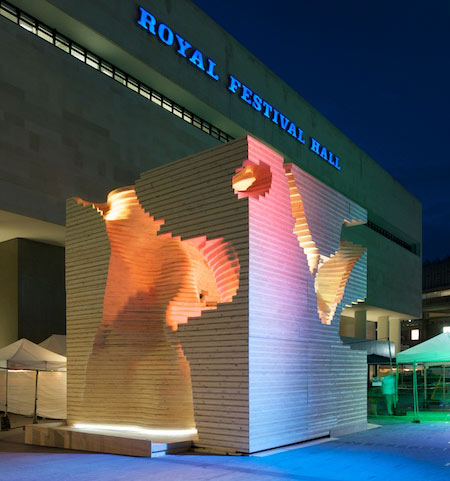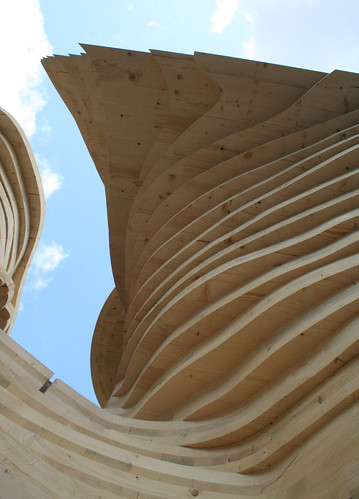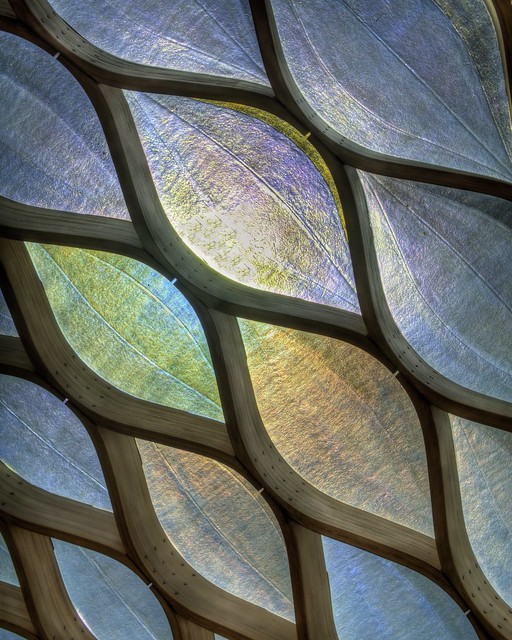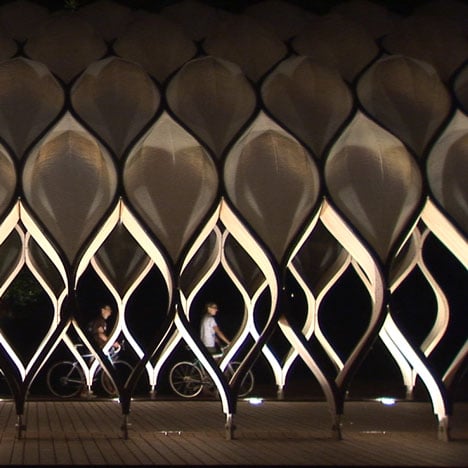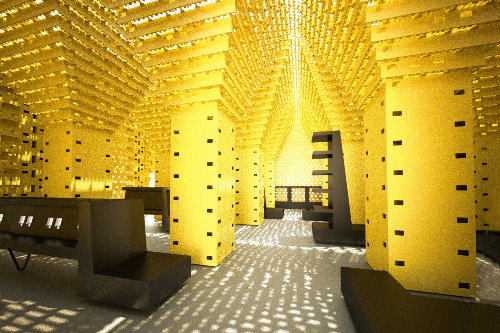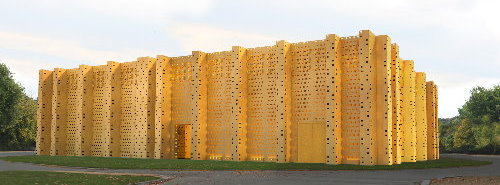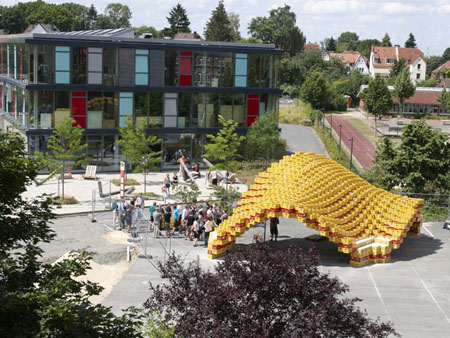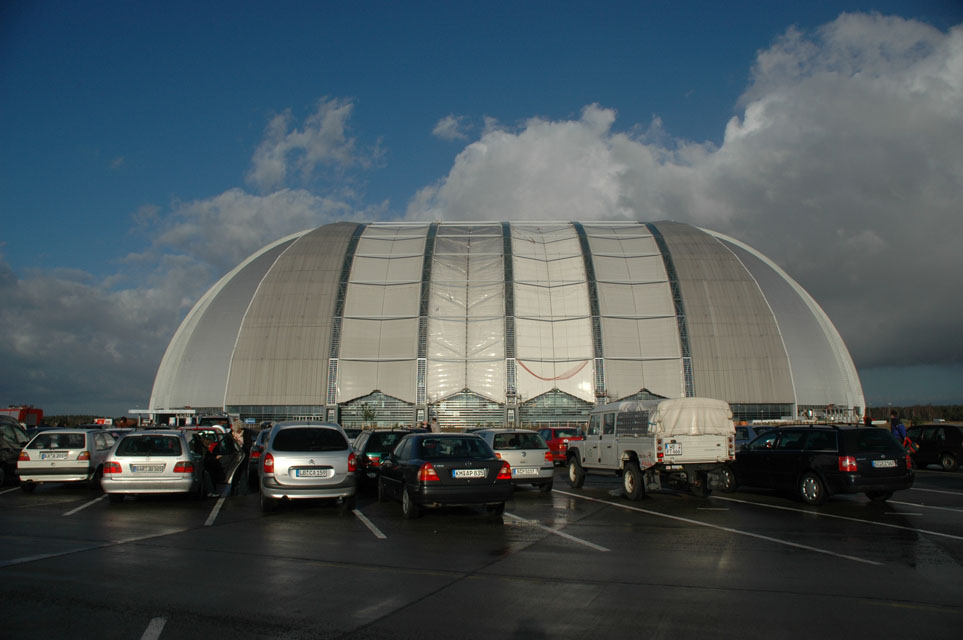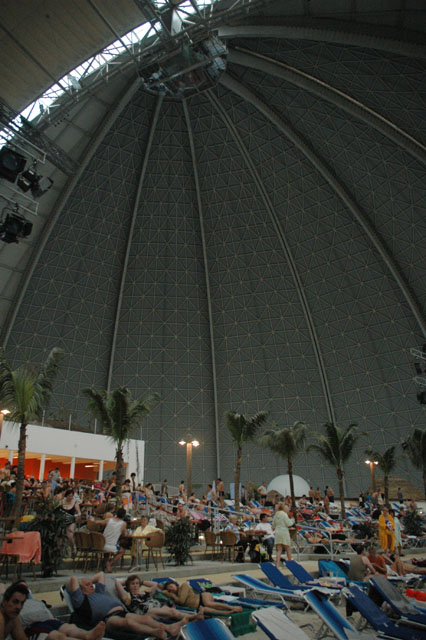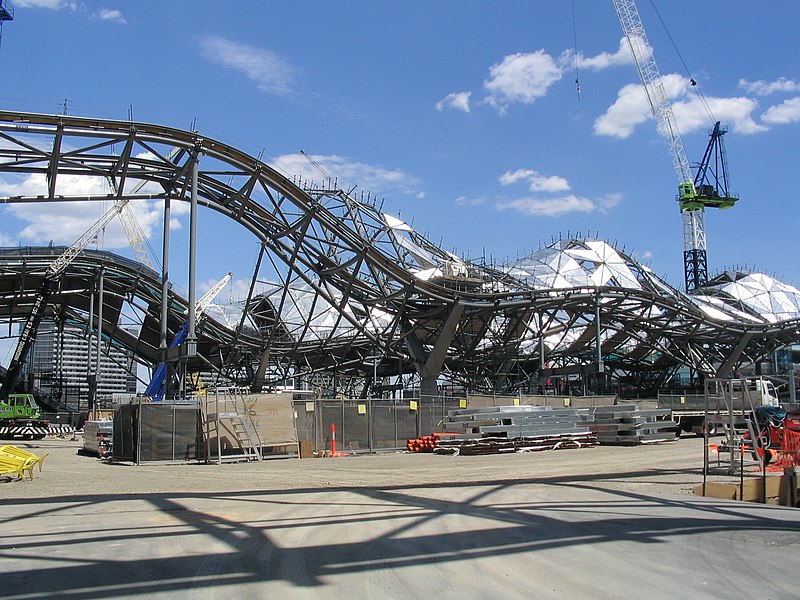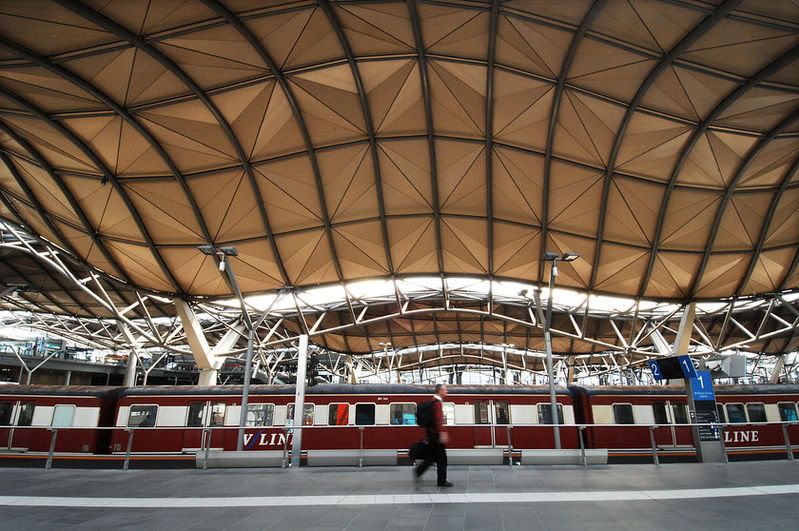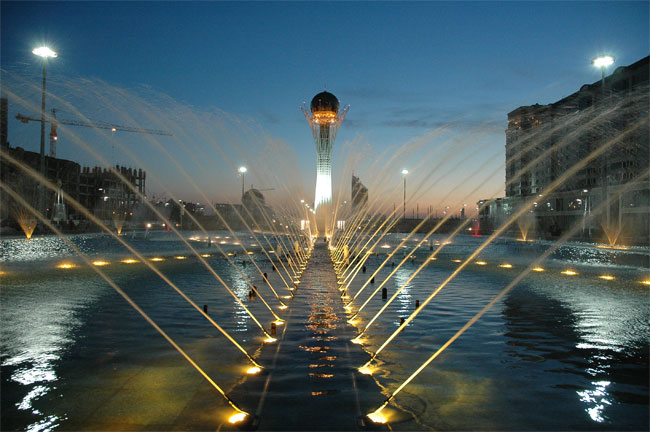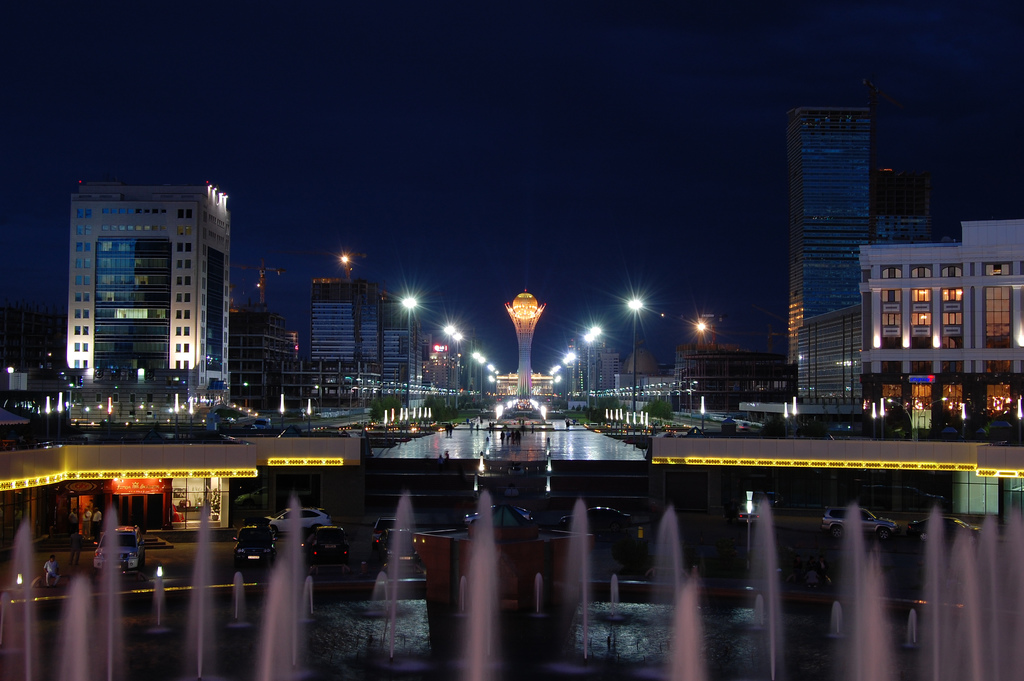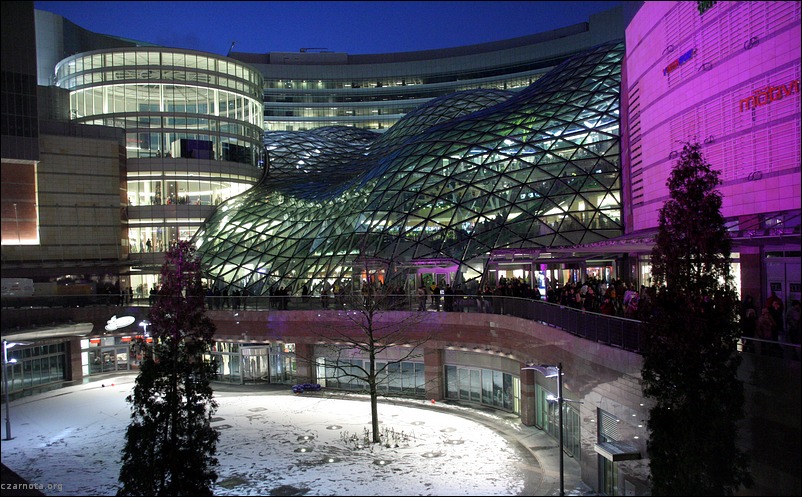VANOC
Dominion Construction was the general contractor on the $178 million Olympic speed skating oval located in Richmond, B.C.
Skating oval creates Olympic Games legacy for Richmond
VANCOUVER
Athens had centuries of history to provide the backdrop for their Olympic Games and Beijing had billions of dollars to build theirs.
For Vancouver, creating beautiful vistas for the 2010 Games rests on Mother Nature co-operating with snow-capped mountains and crystal clear skies.
But organizers were determined to try to do their part to add to Vancouver’s Olympic iconography.
The official opening of the speed skating oval to the public last week marks the culmination of a concerted effort to make the sole venue built from scratch for the Games an Olympic landmark.
“Everybody who sees the building from the outside is impressed and when they walk inside, the universal reaction is ‘wow,”” said Ted Townsend, a spokesman for the city of Richmond, B.C., the site of the venue.
The oval, built by general contractor Dominion Construction, sits on the banks of the Fraser River, near the Vancouver airport, and come Games time will seat 8,000 fans and host 12 events.
The flow of the water, the flight of the herons that nest nearby and the fusion of Richmond’s Asian and First Nations heritage inspired the design, said Larry Podhora from Cannon Design, the firm responsible.
“We’ve done things with the structure that make it more humane, more dynamic; that make the interior space an inspiring place as well as being visually accessible to outside,” said Podhora.
Large panes of glass that form the entire north wall of the facility allow natural light to flow through and provide a breath-taking view of the Fraser River and the North Shore Mountains.
For a sport that got its start outside, it’s a welcome change from the usually fully-enclosed ice venues, said Cathy Priestner Allinger, vice-president of sport and games operations for the organizing committee and an Olympic speed skater herself at the 1976 Games.
“You almost feel like you’re outside even though you’re inside,” she said.
Its completion is also a major milestone for Games planning.
While both London’s and Sochi’s Olympic committees are struggling to finance their venues in a time of economic gloom, Vancouver will likely finish construction at the end of the month on the curling complex, marking the end of their venue requirements.
In past Olympics, some venues have opened mere days before the Games.
“Forget the economy and everything, that does create a lot of risk,” said Priestner Allinger.
“You do have to test these facilities, you have to get the top athletes on them and you almost always have to tweak them. We planned in enough time to do that comfortably.”
Most of the venue construction for the 2010 Games has taken place in Whistler, B.C., where organizers have built a sliding centre, stadiums and trails for Nordic events.
But in Vancouver, ice rinks at GM Place and the Pacific Coliseum already existed.
All that was needed was to upgrade some existing facilities for training, so they could channel energy and funds into the oval and the curling complex.
From funds allocated by the federal and provincial governments, Olympic organizers paid $63.3 million for the oval.
An additional $9 million for a doping control lab to be housed there came out of the organizing committee’s own pocket _ double the original lab budget.
Richmond is contributing more than $100 million to cover the rest of the $178-million cost of the oval through land sales and casino revenues, as well as other funds.
Townsend said community support for the facility is evident in the thousands of people who lined up to sign the final panel of one of the building’s signature features — the wood roof.
It’s one of the world’s largest clear-span wooden structures and cost $16 million.
The wood was salvaged from trees killed by mountain pine beetle and put together by StructureCraft Builders, a Delta, B.C.-based company.
About six months ago, the facility was hit with a $2.2-million repair bill after algae and fungi was found on the roofing insulation. The problem has been resolved.
Both city and Olympic officials insisted the building needed to be useful after the Games, which was why it includes a public plaza and parkade and why the overall budget ballooned to $178 million.
“It’s going to provide huge benefits in terms of quality of life for our community for generations to come,” said Townsend.
“It also will have a significant transformational effect on our city centre and our waterfront and help us to achieve long-term planning goals for development.”
Post-Games, the oval will become a field house, subdivided into ice, court and turf areas. The reallocation of space will include two Olympic-sized rinks, hardwood courts for basketball, volleyball and racquet sports, and a rubberized turf surface. Around all that, essentially put over top of the speed skating oval, will be a 400-metre running track.
It will also have a rowing tank that will be used by the University of British Columbia.
It will host a community centre but likely won’t ever see a long-track speed skating event again.
Calgary’s oval will remain the training centre for the long-track team and will continue to host World Cup events.




